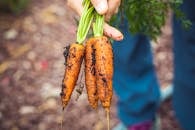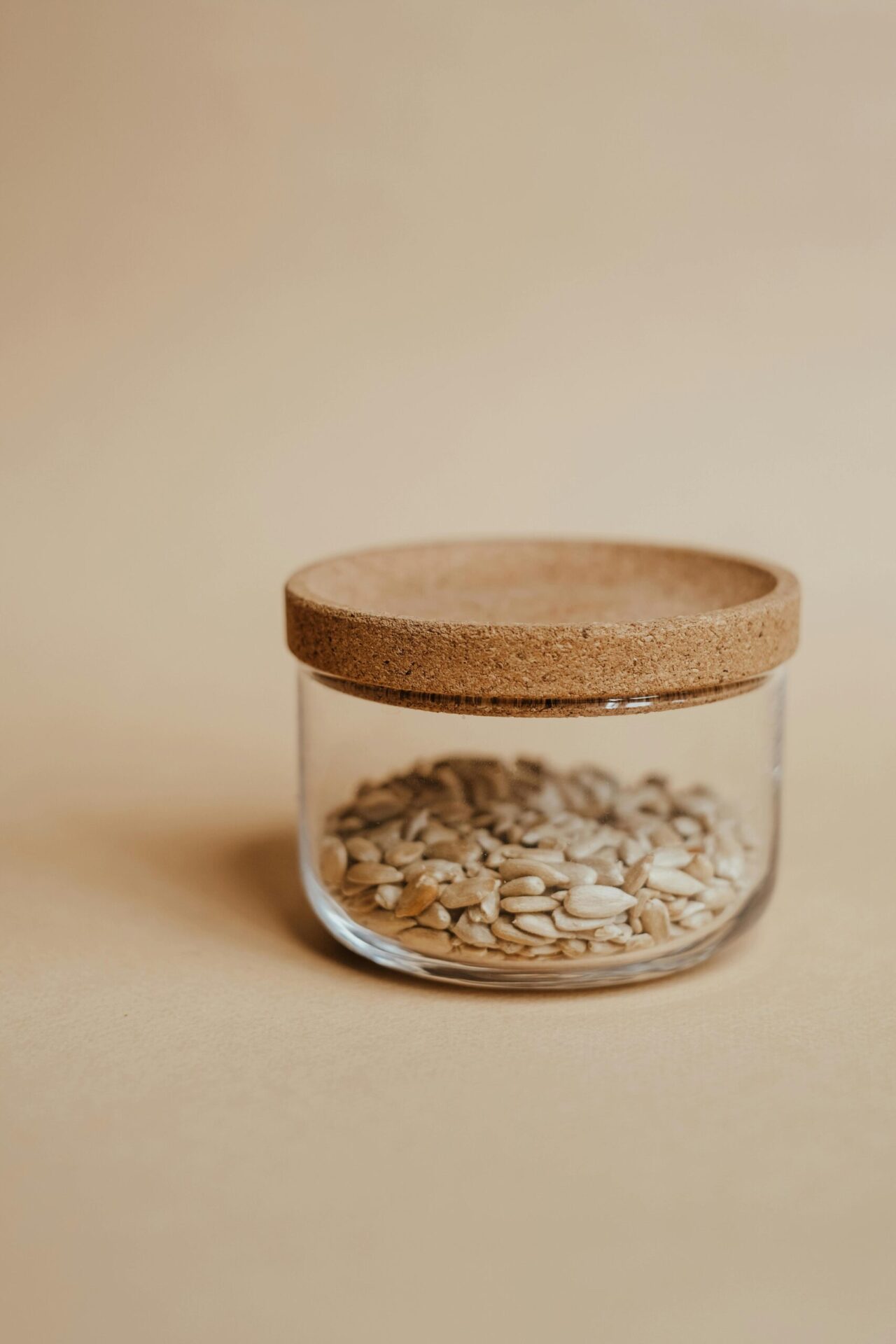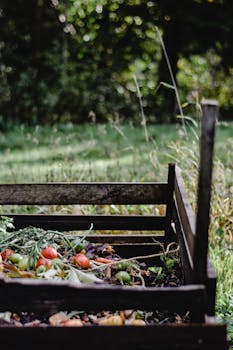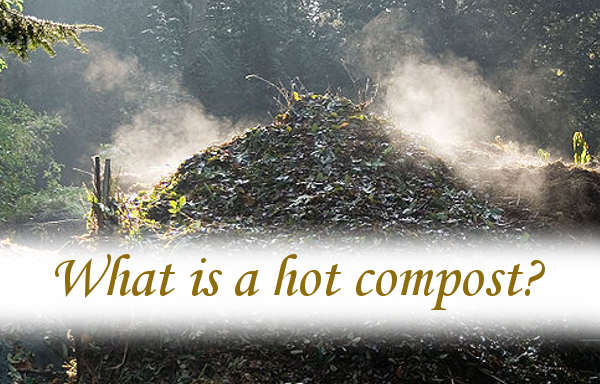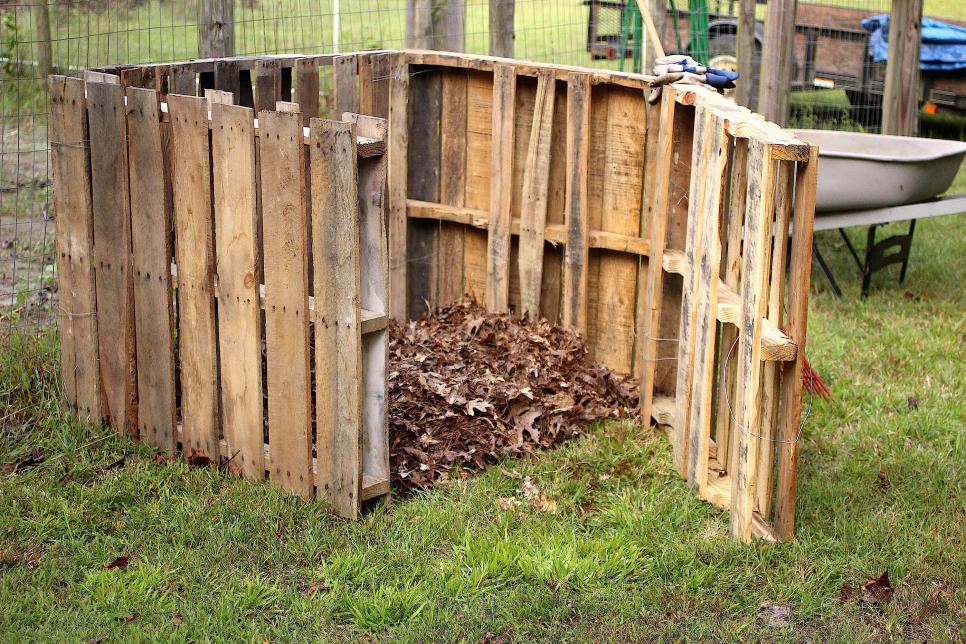Your cart is currently empty!
Category: Soil

Climate Change
What Causes Climate Change?
In simple terms, climate change is caused by an increase in greenhouse gases in Earth’s atmosphere. These gases, like carbon dioxide (CO₂) and methane (CH₄), trap heat from the sun, leading to a “greenhouse effect” that warms the planet. Human activities, such as burning fossil fuels (like coal, oil, and natural gas), deforestation, and industrial processes, release large amounts of these gases. This results in changes in weather patterns, rising sea levels, and other environmental impacts.
So, to put it simply, the main cause of climate change is our activities that increase greenhouse gases. 🌎🔥
How does climate change affect farmers?
Small farms face significant challenges due to climate change. Here are a few ways they are affected:
- Extreme Weather: Increased frequency and severity of storms, floods, droughts, and heatwaves can damage crops and livestock, leading to reduced yields and financial losses.
- Pests and Diseases: Warmer temperatures and changing precipitation patterns can create favorable conditions for pests and diseases that harm crops and animals. This can increase the need for pesticides and veterinary care, raising costs for farmers.
- Water Availability: Changes in rainfall patterns can lead to water shortages or excesses, making it difficult for farmers to irrigate their crops effectively. Water scarcity can be particularly challenging for small farms with limited resources.
- Soil Degradation: Increased temperatures and changes in rainfall can affect soil health, leading to erosion, nutrient depletion, and reduced fertility. This can make it harder for small farmers to maintain productive land.
- Economic Pressures: Climate change can lead to market fluctuations and increased production costs. Small farms, with less financial cushion, can struggle to cope with these economic pressures compared to larger agricultural enterprises.
Adapting to these challenges often requires investment in new technologies, infrastructure, and practices, which can be difficult for small farms with limited resources. It’s a tough battle, but innovation and support from communities and governments can make a big difference.
What can small farmers do to combat climate change?
Small farmers can take several proactive steps to combat climate change and make their farms more sustainable:
- Adopt Sustainable Farming Practices:
- Crop Rotation: Planting different crops in succession to improve soil health and reduce pests and diseases.
- Cover Cropping: Growing cover crops (like clover or rye) to protect and enrich the soil, preventing erosion and improving soil fertility.
- Organic Farming: Reducing or eliminating the use of synthetic pesticides and fertilizers, which can contribute to greenhouse gas emissions.
- Implement Water Conservation Techniques:
- Drip Irrigation: Using drip systems to deliver water directly to the roots of plants, minimizing water waste.
- Rainwater Harvesting: Collecting and storing rainwater for irrigation purposes during dry periods.
- Enhance Soil Health:
- Composting: Using organic waste to create compost that enriches the soil and reduces the need for chemical fertilizers.
- Reduced Tillage: Minimizing soil disturbance to maintain soil structure, reduce erosion, and increase carbon sequestration.
- Integrate Agroforestry:
- Planting Trees and Shrubs: Integrating trees and shrubs into farmland to provide shade, reduce wind erosion, and capture carbon dioxide.
- Utilize Renewable Energy:
- Solar and Wind Power: Installing solar panels or wind turbines to generate clean energy for farm operations, reducing reliance on fossil fuels.
- Promote Biodiversity:
- Diversified Cropping Systems: Growing a variety of crops to promote ecosystem resilience and reduce vulnerability to climate-related stressors.
- Engage in Community and Knowledge Sharing:
- Cooperatives and Networks: Joining or forming cooperatives and networks to share knowledge, resources, and best practices for sustainable farming.
By adopting these practices, small farmers can contribute to mitigating climate change, improving their farm’s resilience, and promoting environmental sustainability. 🌾🌿
REMEMBER TO SHOP LOCAL
Some interesting articles:
1.) A belowground perspective on the nexus between biodiversity change, climate change, and human well‐being
2.) Japan releases 200,000 tonnes of emergency rice stockpile as prices soar .
Why Heirloom Seeds Are Important
why are heritage seeds important?

Heritage seeds, also known as heirloom seeds, play a crucial role in preserving agricultural biodiversity and cultural heritage. Here are some key reasons why they are important:
- Genetic Diversity: Heritage seeds maintain a wide range of genetic traits, which can help crops resist diseases, pests, and adverse environmental conditions. This diversity is essential for the resilience of our food supply.
- Cultural Heritage: These seeds are often passed down through generations, preserving traditional varieties that have historical and cultural significance. Growing heritage crops helps maintain the connection to our agricultural past.
- Flavor and Nutrition: Heirloom varieties are often prized for their superior flavor, texture, and nutritional value compared to many modern hybrids. They offer unique and diverse tastes that are often lost in commercially grown produce.
- Sustainability: Heritage seeds are typically open-pollinated, meaning they can be saved and replanted year after year. This practice promotes sustainable farming and reduces the dependence on commercial seed companies.
- Environmental Benefits: Many heirloom varieties are well-adapted to local growing conditions, requiring fewer chemical inputs like pesticides and fertilizers. This can lead to more environmentally friendly farming practices.
Preserving and growing heritage seeds is a meaningful way to support biodiversity, sustainability, and cultural heritage in our food systems. 🌱
Non-GMO Verses GMO
Growing non-GMO (non-genetically modified organism) plants is a great choice for many reasons. Here are a few benefits:
- Natural Selection: Non-GMO plants are naturally bred, which means they maintain the genetic diversity that is crucial for resilience against diseases and environmental changes.
- Health and Safety: Some people prefer non-GMO products because they want to avoid the potential health risks associated with genetically modified foods. While there is ongoing debate about the safety of GMOs, choosing non-GMO can be a way to minimize exposure to anything you’re unsure about.
- Environmental Impact: Non-GMO farming often involves more sustainable practices. Many GMO crops are engineered to withstand certain herbicides, which can lead to increased herbicide use and potential environmental harm.
- Biodiversity Preservation: By growing non-GMO plants, you’re helping to preserve the genetic heritage of crops. This is essential for maintaining a wide variety of plants that can adapt to different growing conditions and climates.
If you’re looking to start a non-GMO garden, make sure to look for seeds labeled as “non-GMO” or “heirloom.” These will ensure that you’re growing plants that haven’t been genetically modified. Happy gardening! 🌼🌽
Where to Find Non-GMO Seeds
Here are some reputable websites that specialize in non-GMO, organic, and heirloom seeds:
- Seed Savers Exchange: A non-profit organization dedicated to preserving heirloom seeds. They offer a wide variety of non-GMO seeds and have a strong focus on heritage varieties.
- Johnny’s Selected Seeds: Known for their organic seeds and plants, Johnny’s has been farming organically since 1979 and is a signer of the Safe Seed Pledge.
- Baker Creek Heirloom Seeds: They offer a large selection of heirloom seeds and are committed to non-GMO seed production.
- Botanical Interests: This company provides a variety of organic, non-GMO seeds and plants, including heirloom varieties.
- Peaceful Valley Farm & Garden Supply: They offer a range of organic and non-GMO seeds and gardening supplies.
These companies are committed to sustainable and socially responsible practices, ensuring you get high-quality, non-GMO seeds for your garden. Happy planting! 🌱

Composting to Build Better Soil
Compost is like a magic potion for your garden. It’s a nutrient-rich material created from decomposed organic matter, such as food scraps, leaves, and grass clippings. When you compost, you’re essentially letting nature break down these materials into a dark, crumbly substance that can be added to soil to help plants grow stronger and healthier. Plus, composting is a fantastic way to reduce waste and recycle nutrients back into the ecosystem.
Starting a composting project is both environmentally friendly and great for your garden. Here’s a quick guide to get you started:
- Choose a Compost Bin: You can buy a compost bin or make your own. The size depends on how much compostable material you produce.
- Select a Location: Find a dry, shady spot near a water source for your compost bin.
- Add Compostable Materials: Layer your compost with a mix of “greens” (nitrogen-rich materials like fruit scraps, coffee grounds, and grass clippings) and “browns” (carbon-rich materials like leaves, straw, and cardboard).
- Maintain Moisture: Keep the compost moist, but not too wet. Think of a wrung-out sponge as your moisture guide.
- Turn the Pile: Every few weeks, turn the compost to aerate it. This helps speed up the decomposition process.
- Wait and Harvest: In a few months to a year, you’ll have dark, crumbly compost ready to use in your garden.
The main difference between hot composting and cold composting lies in the temperature and the speed at which the composting process occurs. Here’s a brief comparison:
- Hot Composting:

- Temperature: The pile heats up to temperatures between 130°F to 160°F (54°C to 71°C).
- Speed: Decomposes quickly, often producing usable compost in 1 to 3 months.
- Management: Requires more maintenance, such as frequent turning and monitoring of moisture levels.
- Materials: Needs a balanced mix of greens and browns, chopped into smaller pieces for faster decomposition.
- Advantages: Kills weed seeds and pathogens due to high temperatures.
2. Cold Composting:
- Temperature: The pile remains at ambient temperature, usually below 100°F (38°C).
- Speed: Decomposes slowly, taking 6 months to 2 years to produce usable compost.
- Management: Requires minimal maintenance, with occasional turning and watering.
- Materials: Can handle larger pieces and a wider variety of organic matter.
- Advantages: Easier to manage and requires less effort, but may not kill all weed seeds and pathogens.
Both methods have their benefits, so the choice depends on how quickly you want compost and how much effort you’re willing to put into it. Happy composting! 🌱
3. There is a third way to compost, using worms. This method is called vermicomposting and it’s a fantastic way to compost kitchen scraps and other organic material using worms. Here’s a quick guide to get you started:
- Choose a Bin: A shallow, plastic or wooden bin with a lid works well. Make sure it has drainage holes at the bottom and ventilation holes on the sides.
- Prepare Bedding: Shredded newspaper, cardboard, or coconut coir make great bedding. Moisten it until it feels like a wrung-out sponge.
- Add Worms: The most common type of worm used for vermicomposting is the red wiggler (Eisenia fetida). You can usually find them at a garden center or online.
- Add Food Scraps: Feed your worms small amounts of fruit and vegetable scraps, coffee grounds, and eggshells. Avoid meat, dairy, and oily foods. Bury the food in the bedding to minimize odors.
- Maintain the Bin: Keep the bin in a cool, dark place. Monitor the moisture level and add water if it gets too dry. Every few months, you can harvest the worm castings (the compost) and add fresh bedding.
Vermicomposting is an efficient and fun way to reduce waste and produce nutrient-rich compost.
Using wooden pallets as a compost bin.
Materials Needed: Gather four wooden pallets and some sturdy wire, zip ties, or screws to secure them together.
Assembly:
- Stand three pallets on their sides to form a three-sided box. Secure the corners where the pallets meet.
- Use the fourth pallet as the front door. You can either secure it with hinges to make it easy to open, or simply leave it loose so you can remove it when you need access to the compost.
Location: Place your compost bin in a convenient, shady spot with good drainage.
Usage: Start adding your compost materials (greens and browns) to the bin. The slats in the pallets provide good aeration, helping the composting process.
It’s a simple, cost-effective way to create a compost bin. 🌿👍
Feel free to ask me if you have any questions. I compost lots of kitchen waste and also on a larger scale cow manure.

